The image of the wild man or woman living in the woods, stirring up cauldrons of potions for ailments, seems to have been filed away into the long-ago-and-far-away category. A mostly irrelevant archetype unless you’re reading tarot cards.
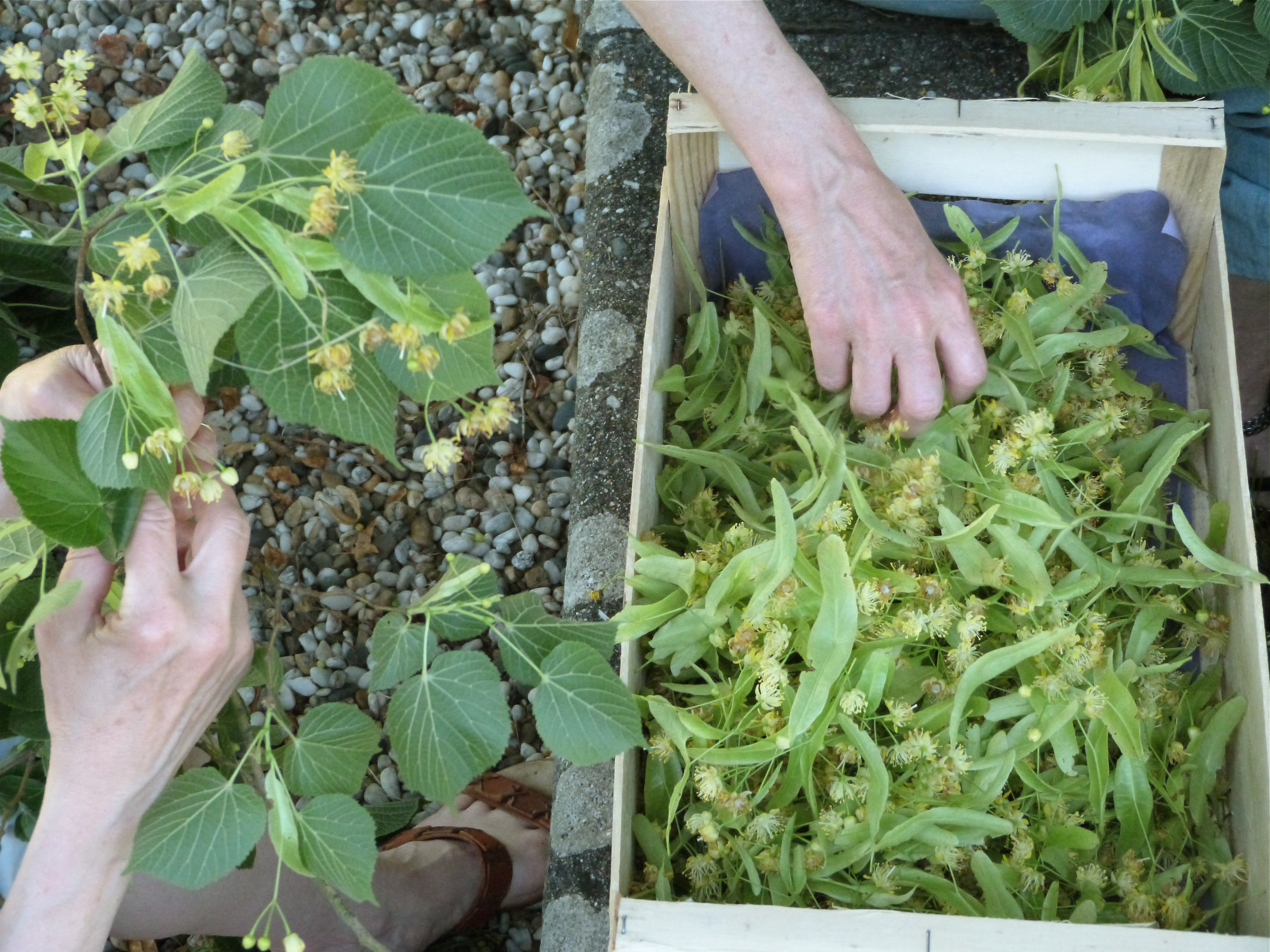
We might ask how mankind ever survived without modern pharmaceuticals. Right up until the 1950’s, our parents lived and breathed customs and know-how that changed radically when industrial agriculture was introduced post WW2. Something as modest as the omnipresent hedge – with varying plants to attract beneficial insects and creatures, provided wind breakers that protected crops during storms, and valuable, earth-nourishing root systems which helped conserve water in times of drought and prevent erosion – were torn out en-masse so large machines could maneuver more easily in massive mono culture fields.
It was the beginning of a vicious cycle. Large machines compact the earth fostering root suffocation and erosion. Pesticides destroy the natural predators of undesirable insects. Without balance, we need increasingly aggressive treatments.
The same with our bodies: so many newly crafted partitions between we-as-human-organism and our earth, air, water. We’re mystified that many of us are sickly or lackluster. Like a plant raised in an industrial field, after a while we suffer “failure to thrive.” Farmers comment that plants get “tired” faster than they used to. They apply more medicine.
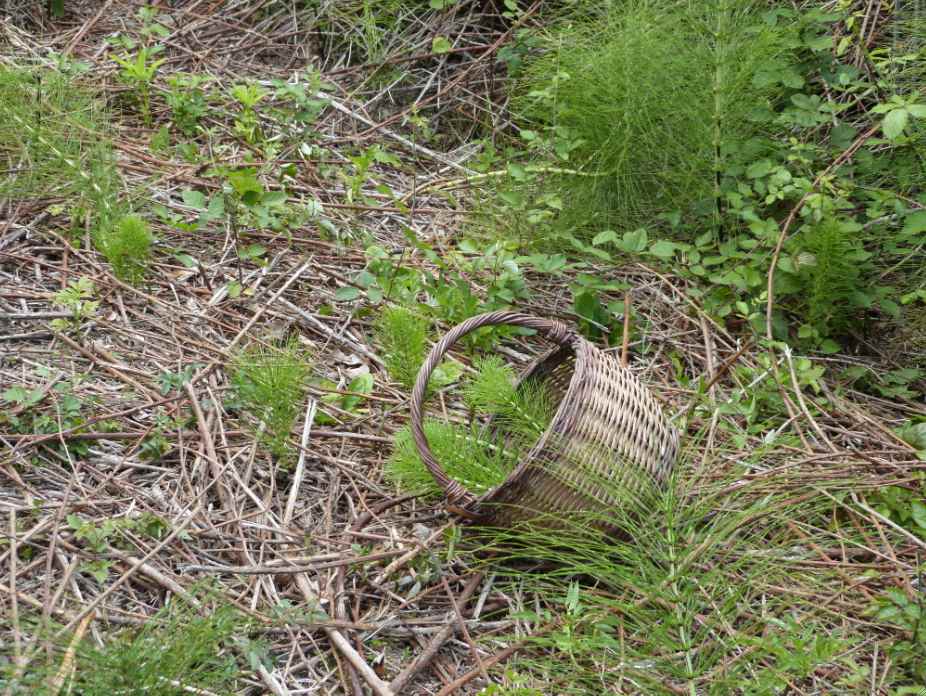
And when that doesn’t work? It seems that some of the most diehard and stubbornly rational are quietly turning to “guérisseurs” (healers.) Their insurance won’t reimburse the session, but they go anyway. It’s a vote with their wallets, they pay for what works. Just anecdotal evidence, yes. But it’s clear a trend has started and is picking up steam.
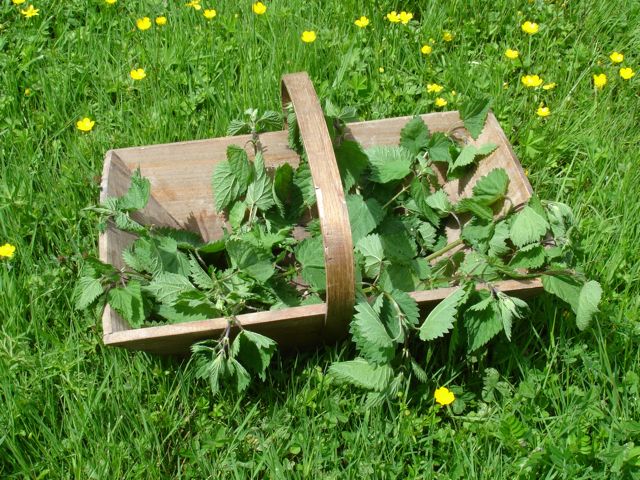
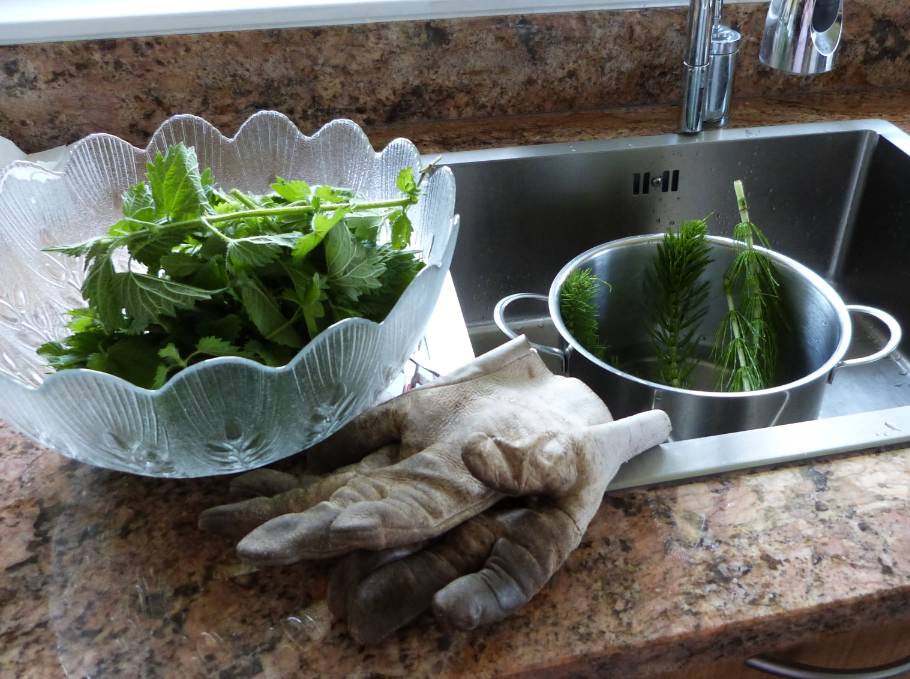
A lot of us are changing our methods and changing what we ingest. Here at Petit Roque we’re scrambling to jot lessons from our 88 year old neighbor. We’re just a half century away from a wealth of practical folk knowledge, and a little worried that as his generation ages, much is about to be lost.
We’re shunning glyphosate-poisoned Round-Up even if it means more work, and returning to the woods to make bone-strengtheners from mineral packed prêle (horsetail), gathering tilleul (linden) to make calming teas, collecting fougere (fern) to keep the ticks off the dogs, sureau (elderberry) berries to soothe fever and inflammation…
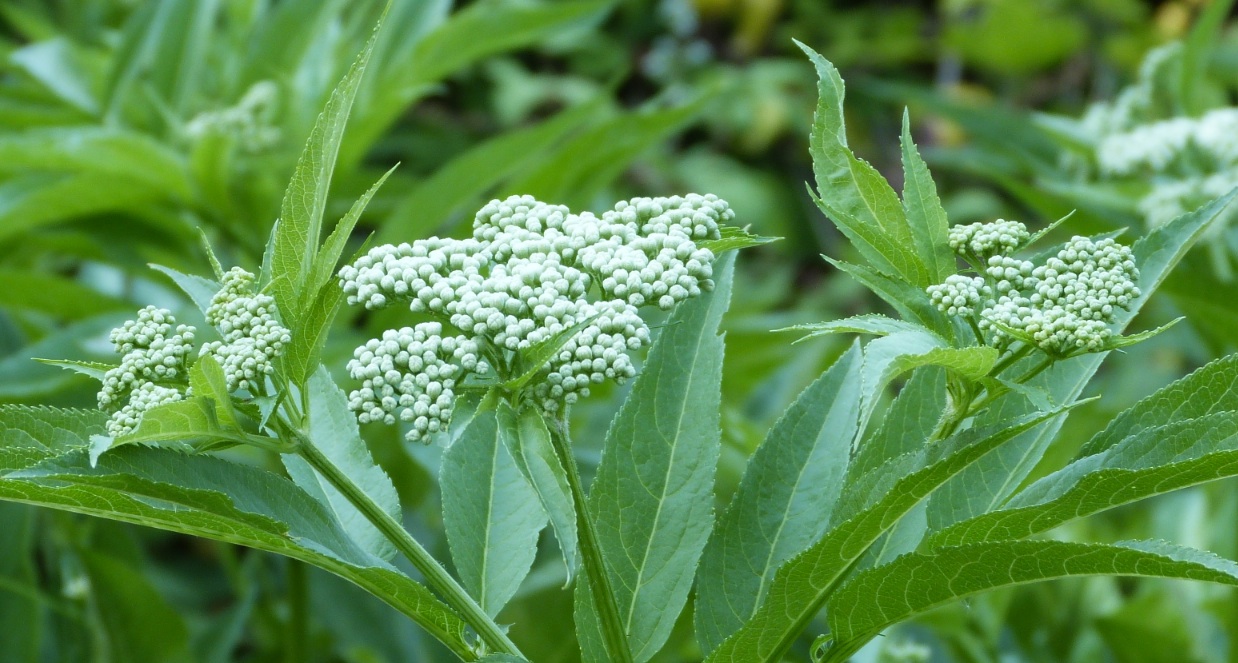
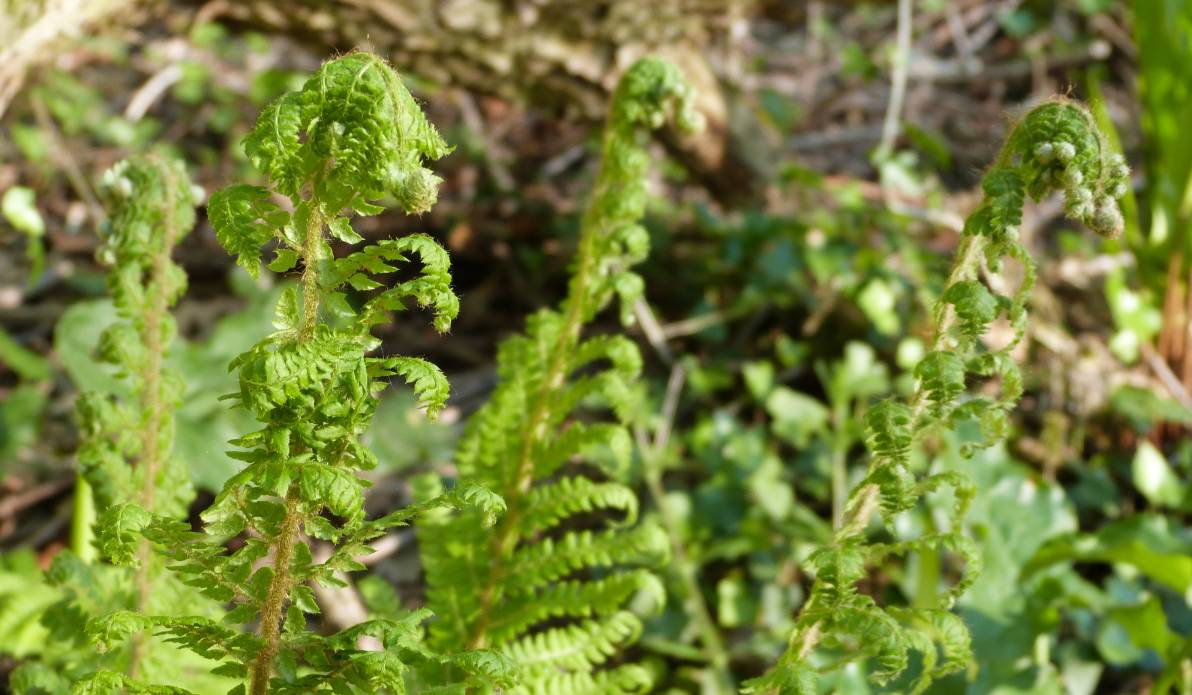
I’ve been making some new friends on my field and wood walks. Flora I used to dread now beckon like a handsome suitor. Stinging nettles* make a sweet tisane. Young dandelion greens fill the dinner salad. Simmered horsetail* turns bright pink and is oddly tart and refreshing, sort of like iced tea.
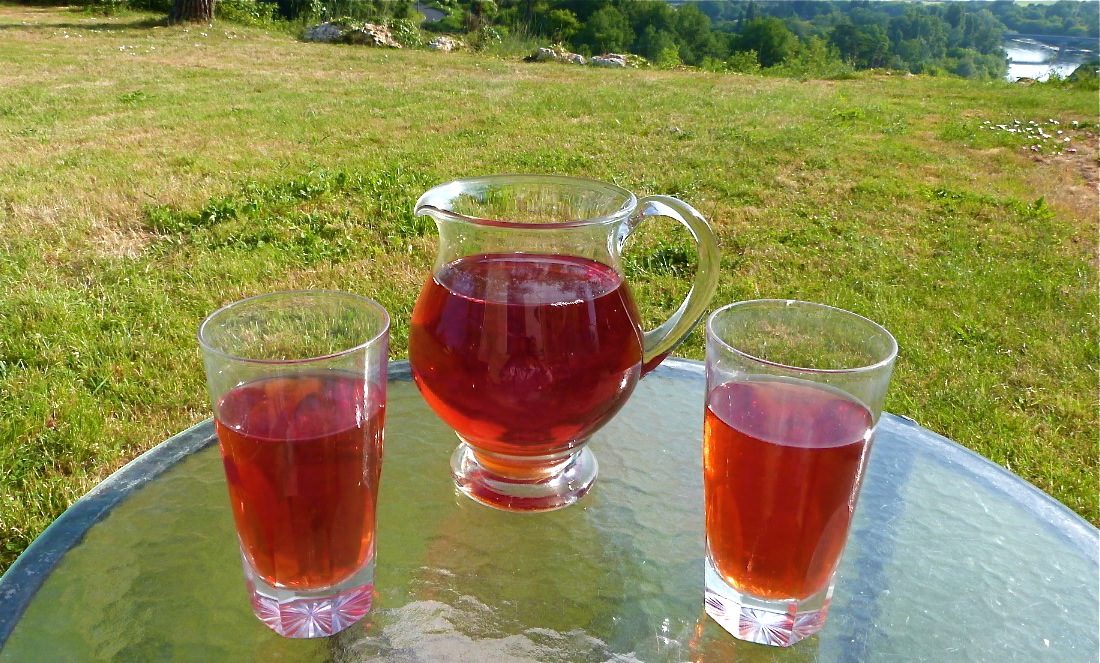
Wild women and men in the woods no longer sport neglected white beards dotted with thistle spurs or smelly garlic necklaces. They don’t have hallucinatory difficulties expressing themselves. Some of them are not charlatans. Young in spirit, comely and articulate, mark my words – witch doctors are on the return.
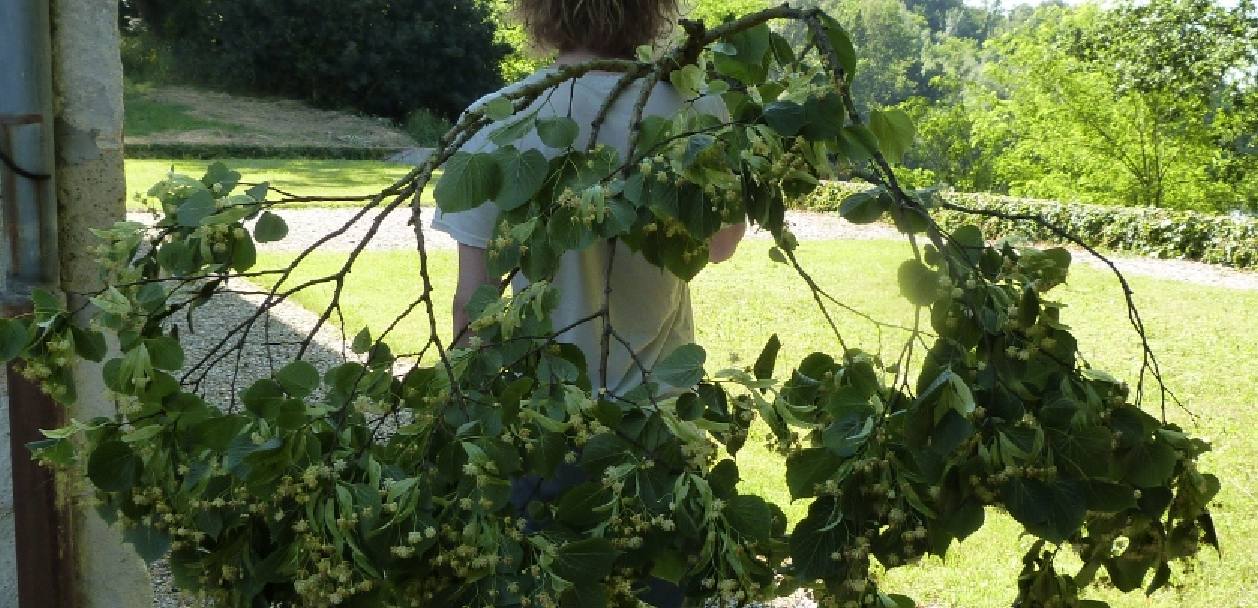
Traditional uses for Stinging Nettle – Ortie Urtica dioica
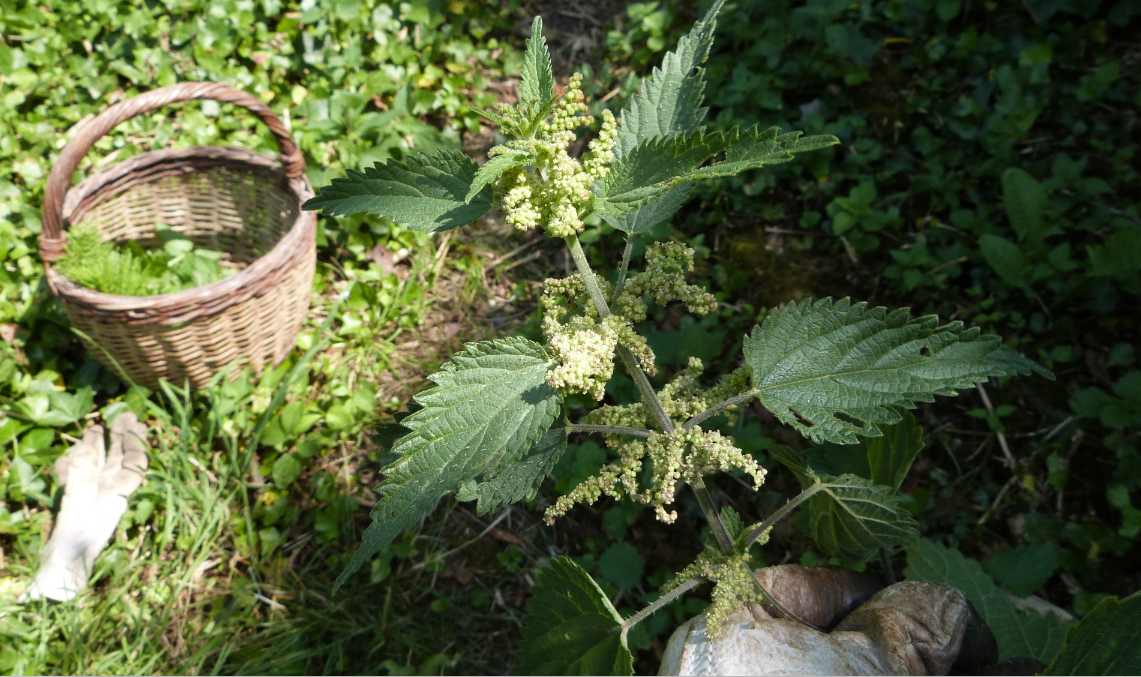
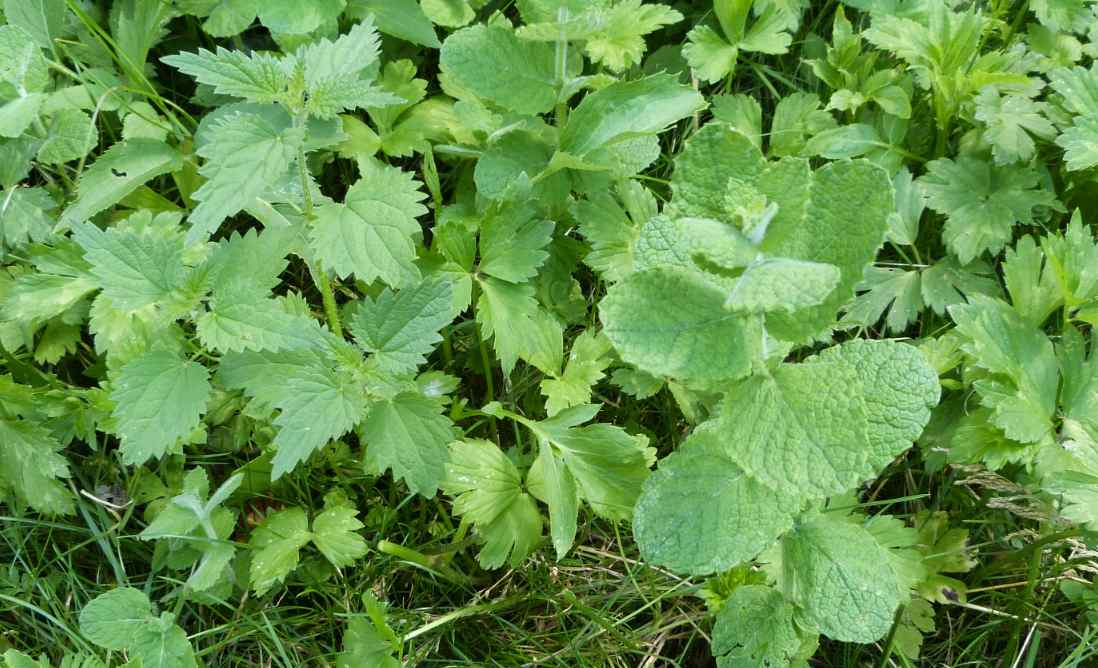
Arthritis and inflammation, disorders of kidneys and urinary tract. As a shampoo against dandruff. Rich in Vitamins A, C, iron, potassium, manganese and calcium.
Traditional uses for Horsetail Prêle des champs Equisetum arvense
Remineralising and diuretic effect. May limit loss of bone density. Rich in silicon, potassium and calcium.
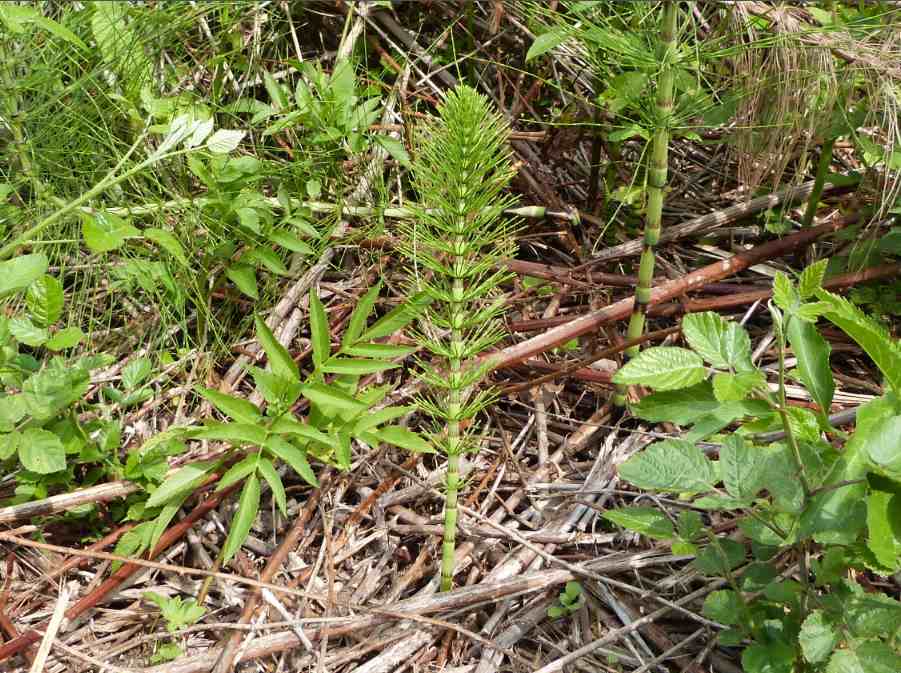

Traditional uses for Linden blossoms, Tilleul, Tilia platyphyllos
As a tisane for calming effect; also colds, cough, fever, infections, inflammation…
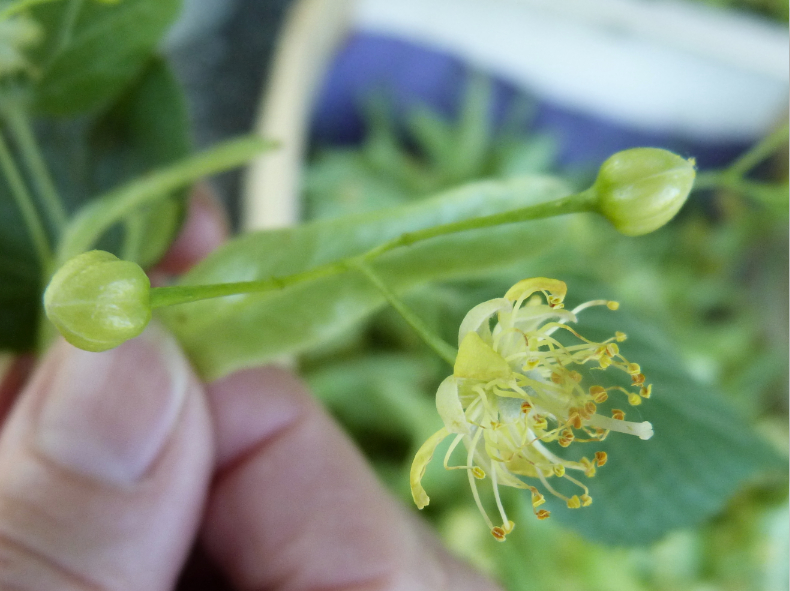

Traditional uses for Elderberry (black) berries Sureau Sambucus nigra,
Fever, respiratory infections, diuretic, rheumatism…
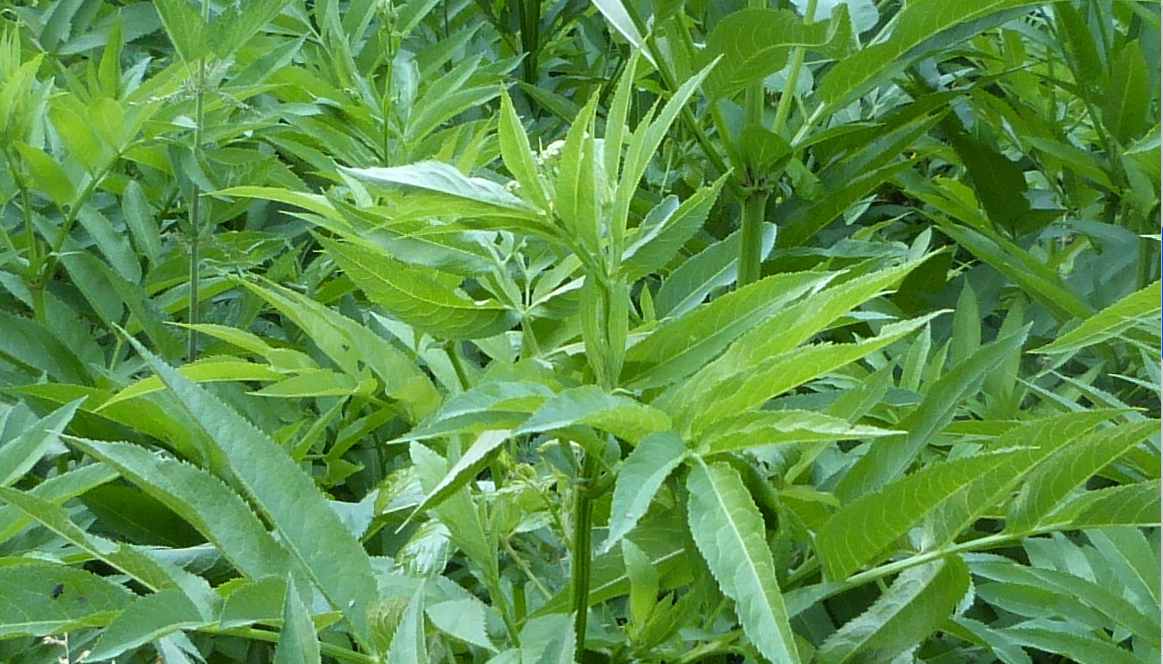
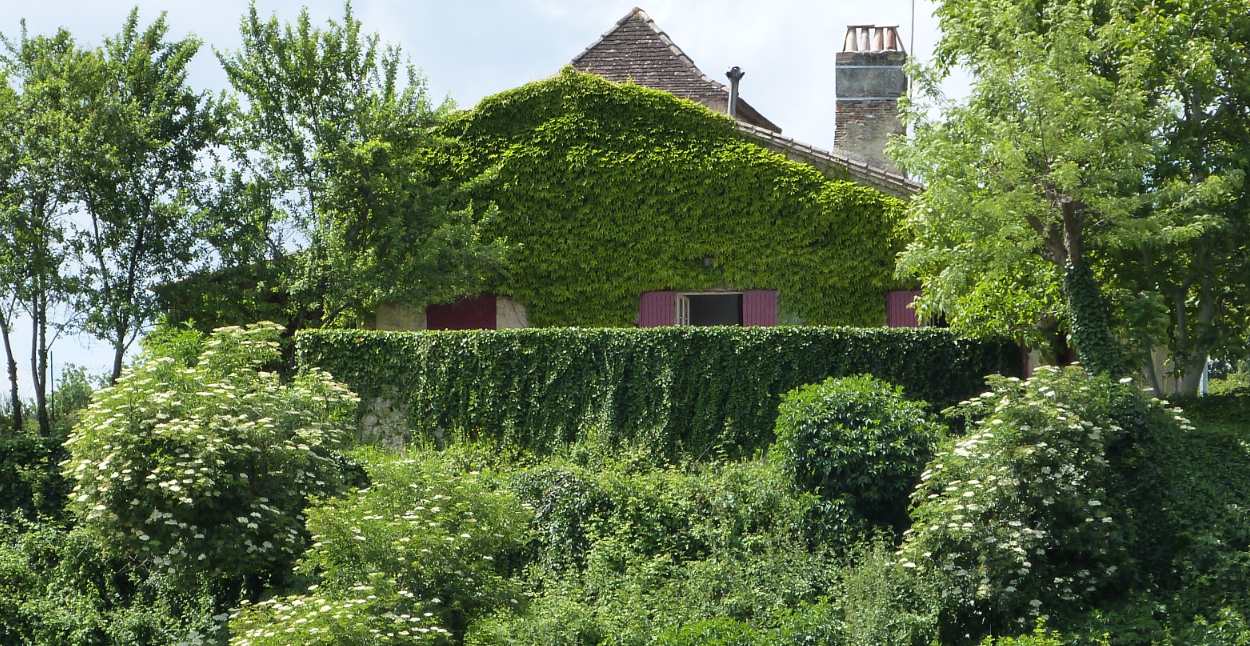
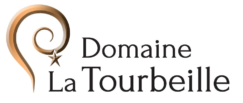
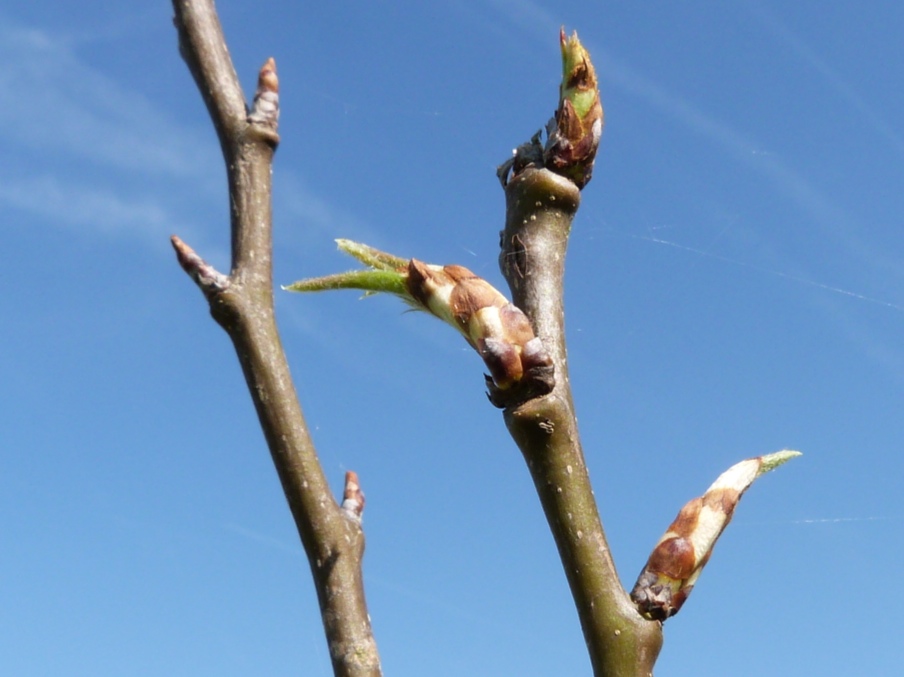



2 thoughts on “Witch Doctors”
Oh Mary, this is very interesting. I’ve learned so much. Thank you for the information.
I’ve told many about your beautiful little chateau to rent. I was at a girl cousin party, now Stephanie Gwizdala is looking into your site to come visit.
I’d really love to come see you with Maureen. We’d have so much fun. Thank you for the posts.
Love, Pammi
Mary, thank you for posting these pictures – they reminded me of a somewhat similar leafy concoction our brother Tommy cooked up for a hangover. It was, he avowed, an earnest although liberal interpretation of your recipe: an energizing salad of Toxicodendron radicans and Digitaria sanguinalis.
While lacking any visual cues to the future effects on the palate, the masticated greenery propelled itself through the gastric system like a Japanese bullet train. So much for ‘poison Ivy and crabgrass’ organic salad.
Bon Appetit
Frere P